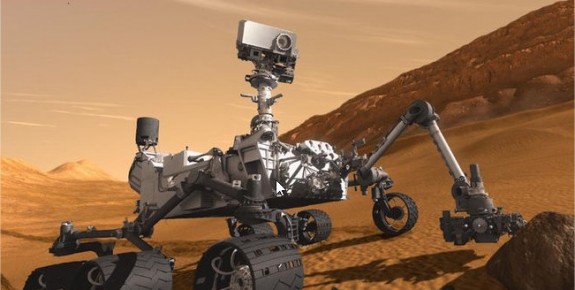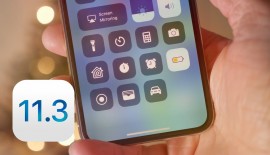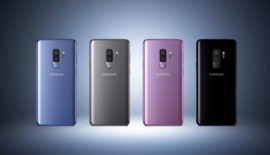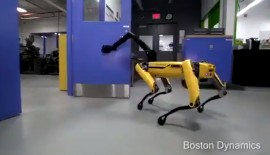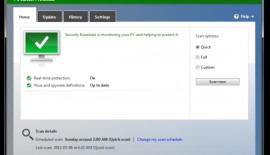NASA to send a Game of Thrones-Inspired Robot into Space
- Fariha Khan
- February 22, 2017
- 593
According to a recent report, a SpaceX Falcon 9 rocket will carry NASA’s “three-eyed” Raven technology module to its destination outside the International Space Station (ISS) on February 18th. After reaching, Raven will make use of its sensors to in order to collect information about incoming and outgoing spacecrafts. With that NASA can eventually develop navigation technology for autonomous rendezvous in space.
According to Ben Reed, deputy division director for the Satellite Servicing Projects Division (SSPD) at NASA’s Goddard Space Flight Center
Two spacecraft autonomously rendezvousing is crucial for many future NASA missions and Raven is maturing this never-before-attempted technology.
The carry-on luggage-sized Raven will be removed from the unpressurized “trunk” of a SpaceX Dragon capsule by Dextre, a self-repairing robotic arm attached to the ISS after 5 days of launch. It will hit the ground running and begin making use of its sensors at once and numerous algorithms in order to calculate the expanse between itself and proximate spacecraft. The module will route this information to rotate in the direction of the vehicle in question to continue tracking it. NASA operators will be watching the all-seeing robot’s eye-tracking show from the earth and they will make alterations as required.
Read Also: Nvidia Shield Pro is now available with extra storage
There are a number of advantages of creating a relative navigation system that does not call for any human intervention. This technology would make refilling and repairing satellites lot simpler. If satellites are not repaired as soon as they ought to be or are never refueled, they turn into mere space junk. NASA definitely hopes to use the technology developed on Raven to help on a future mission slated for the 2020s, in which robotic servicer Restore-L will refill and reshuffle the Earth-monitoring Landsat 7 satellite. Doing away with human error and communications delays from the equation, Raven’s relative navigation system will aid future robotic space mechanics link up with their targets fast and precisely.
Raven is likely to carry out its responsibilities on the ISS for the next 2 years.
